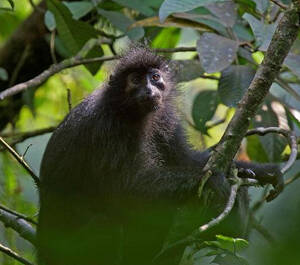
Colobus satanas
Colobus satanas,Black Colobus
Black Colobus (scientific name: Colobus satanas) is called Black Colobus in ···
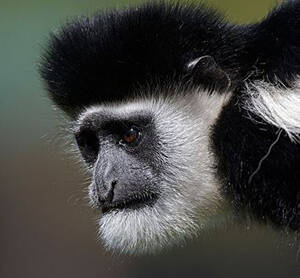
Colobus guereza
Colobus guereza,Guereza、Eastern Black-and-white Colobus、Magistrate Colobus,Eastern black and white colobus
The East African black-and-white colobus (scientific name: Colobus guereza) ···
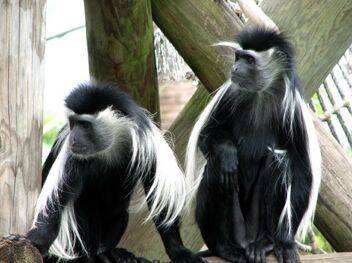
Colobus angolensis
Colobus angolensis,Colobus、Angolan Black-and-white Colobus、Angolan Colobus,Angolan black and white colobus monkey
Angola Colobus (scientific name: Colobus angolensis) is also known as Colobu···
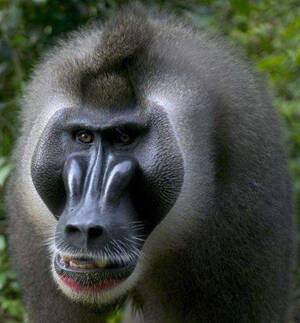
Mandrillus leucophaeus
Mandrillus leucophaeus,Drill,Black-faced mandrill
Drill (Scientific name: Mandrillus leucophaeus), also known as Drill in Engl···

Cercocebus torquatus
Cercocebus torquatus,Red-capped Mangabey
Red-capped Mangabey (scientific name: Cercocebus torquatus), also known as R···
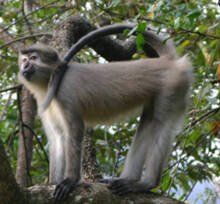
Cercocebus sanjei
Cercocebus sanjei,Sanje Mangabey
Sanje Mangabey (scientific name: Cercocebus sanjei), also known as Sanje Man···
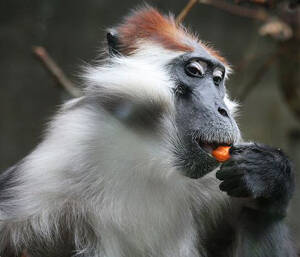
Cercocebus torquatus
Cercocebus torquatus,White-collared Mangabey、Collared Mangabey、Red-capped Mangabey、Sooty Mangabey
The scientific name of the white-necked mangabey is Cercocebus torquatus, an···
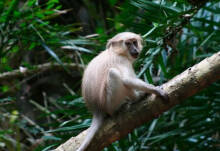
Cercocebus galeritus
Cercocebus galeritus,Tana River mangabey,Tana River Mangabey
The crested white-browed monkey (scientific name: Cercocebus galeritus), als···
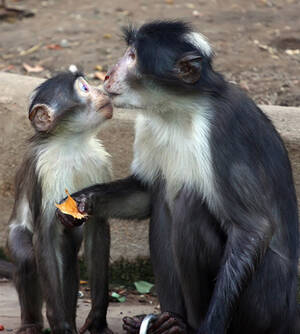
Cercocebus atys
Cercocebus atys,Sooty Mangabey,Sooty white mangabey, Red-crowned mangabey, Red-capped mangabey, White-crowned mangabey
White-naped mangabey (scientific name: Cercocebus atys), also known as Sooty···
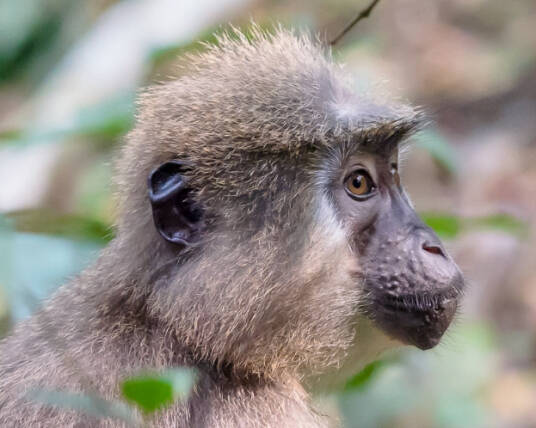
Cercocebus agilis
Cercocebus agilis,Agile mangabey,White-browed monkey
Agile mangabey (scientific name: Cercocebus agilis) is also known as Agile m···
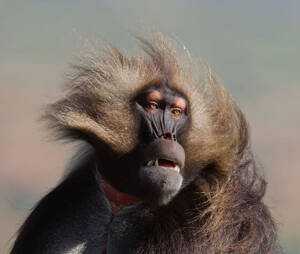
Theropithecus gelada
Theropithecus gelada,Gelada Baboon,,Gelada Baboon
Gelada Baboon (scientific name: Theropithecus gelada) is a large monkey with···
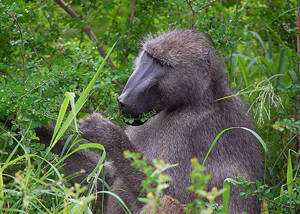
Papio ursinus
Papio ursinus,Chacma Baboon
Papio ursinus (scientific name: Chacma Baboon) has two subspecies and is the···

Papio papio
Papio papio,Guinea Baboon
Guinea Baboon (scientific name: Papio papio) is a smaller species in the sam···
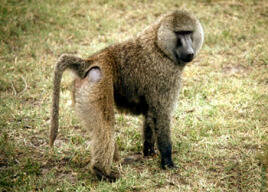
Papio cynocephalus
Papio cynocephalus,Yellow Baboon
Papio cynocephalus (scientific name: Papio cynocephalus), also known as Yell···
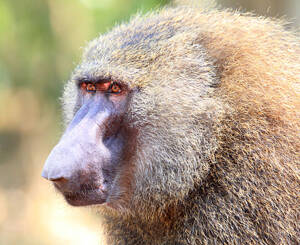
Papio anubis
Papio anubis,Olive Baboon,Anubis Baboon, Olive Baboon
The East African baboon (scientific name: Papio anubis) is also known as the···
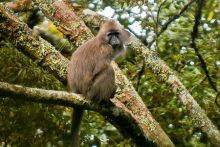
Rungwecebus kipunji
Rungwecebus kipunji,Kipunji,Rungwe Chipanzi Monkey, Highland White-browed Monkey, Rungwe Capuchin Monkey
Kipunji monkey (scientific name: Rungwecebus kipunji) is a new monkey specie···
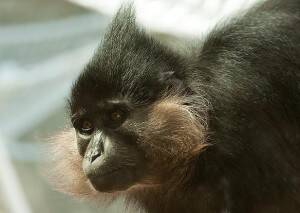
Lophocebus aterrimus
Lophocebus aterrimus,Black Mangabey
Black Mangabey (scientific name: Lophocebus aterrimus) is a medium-sized arb···
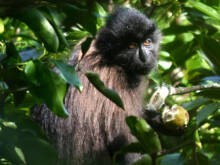
Lophocebus albigena
Lophocebus albigena,Grey-cheeked Mangabey, White-cheeked white-maned monkey
Grey-cheeked Mangabey (scientific name: Lophocebus albigena) is also known a···
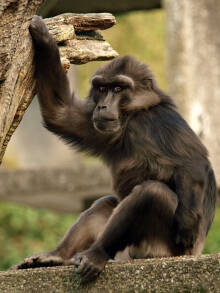
Macaca tonkeana
Macaca tonkeana,Tonkean Macaque, black baboon, golden macaque
The scientific name of the Tonkean macaque is Macaca tonkeana, and its forei···

Macaca sylvanus
Macaca sylvanus,Barbary Macaque,Barbary macaque, Barbary macaque, Gibraltar ape
Mediterranean macaque (scientific name: Macaca sylvanus) is also known as Ba···
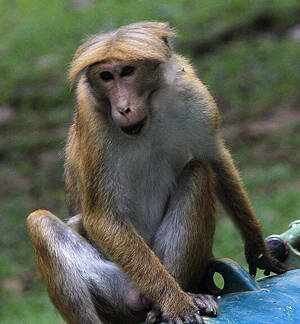
Macaca sinica
Macaca sinica,Toque Macaque,Sri Lankan monkey, Lanka macaque, temple monkey
Sri Lankan macaques (scientific name: Macaca sinica) are also known as Toque···
